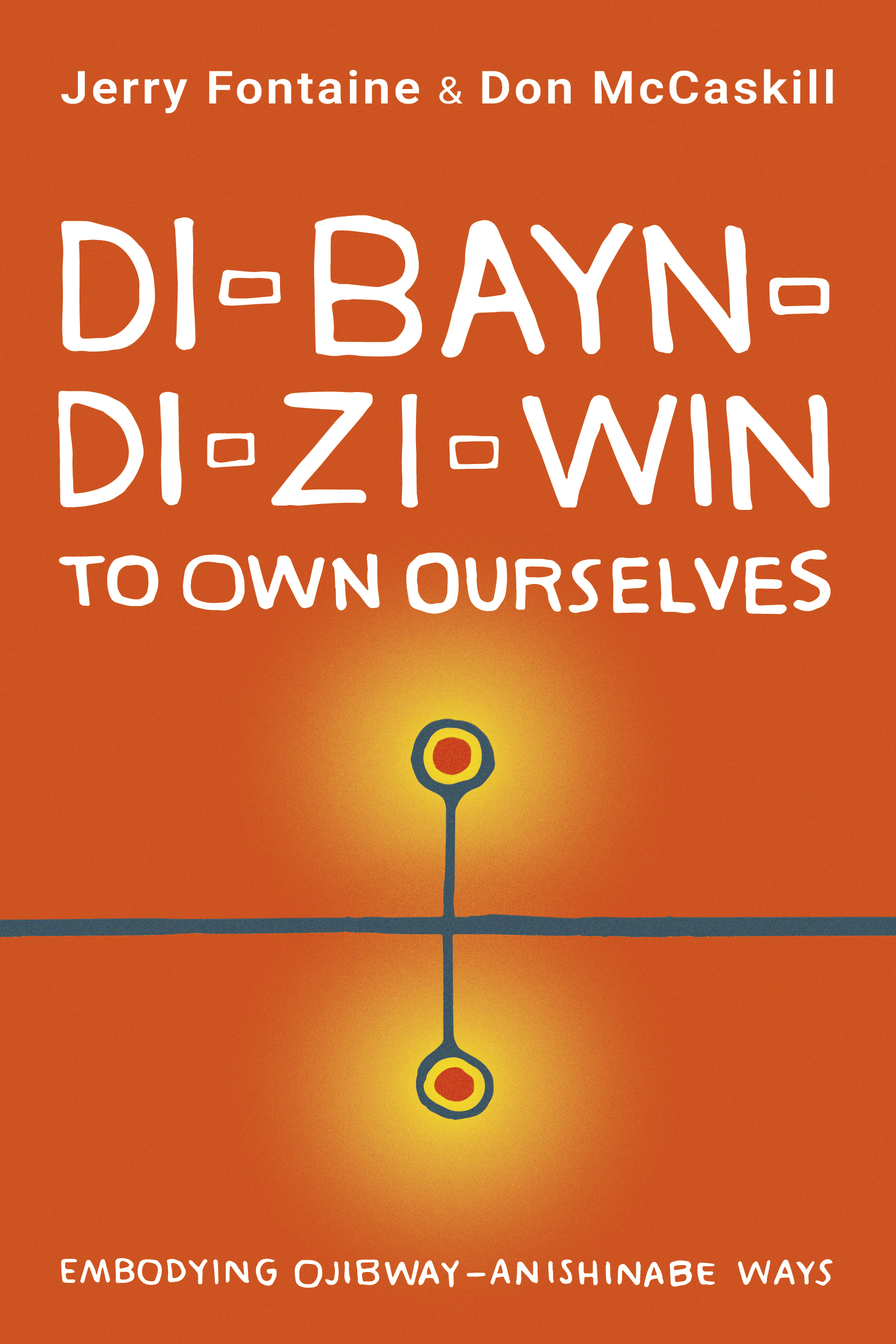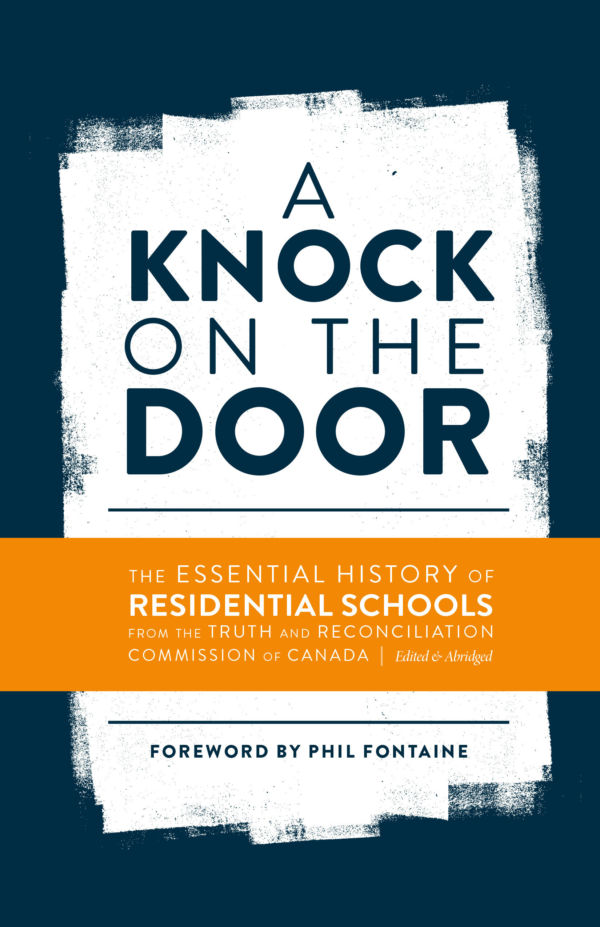Reconciliation
Introduction
The Truth and Reconciliation Commission of Canada defines reconciliation as “coming to terms with the events of the past in a manner that overcomes conflict and establishes a respectful and healthy relationship among people, going forward.”
The titles in this bibliography are intended to help readers develop cultural competency and work toward reconciliation with Indigenous Peoples. This bibliography is highly selective and is only a sampling of the available sources on this topic.
Books
 Originally published in 2012, the book sparked a national conversation about the history and the relationship between Indigenous Peoples and Settlers. This new edition is illustrated with many images (including art as well as archival images and monuments). They trace the depiction of Indigenous Peoples and how they have been seen, understood, and represented in North America.
Originally published in 2012, the book sparked a national conversation about the history and the relationship between Indigenous Peoples and Settlers. This new edition is illustrated with many images (including art as well as archival images and monuments). They trace the depiction of Indigenous Peoples and how they have been seen, understood, and represented in North America.
Stacks
 An indigenized, de-colonized world view for Indigenous leaders and academics seeking a path to reconciliation. Indigenization within the academy and the idea of truth and reconciliation within Canada have been seen as the remedy to correct the relationship between Indigenous Peoples and Canadian society. While honourable, these actions are difficult to achieve given the Western nature of institutions in Canada and the collective memory of its citizens, and the burden of proof has always been the responsibility of Anishinabeg. Authors makwa ogimaa (Jerry Fontaine) and ka-pi-ta-aht (Don McCaskill) tell their di-bah-ji-mo-wi-nan (personal stories) to understand the cultural, political, social, and academic events in the past fifty years of Ojibway-Anishinabe resistance in Canada.
An indigenized, de-colonized world view for Indigenous leaders and academics seeking a path to reconciliation. Indigenization within the academy and the idea of truth and reconciliation within Canada have been seen as the remedy to correct the relationship between Indigenous Peoples and Canadian society. While honourable, these actions are difficult to achieve given the Western nature of institutions in Canada and the collective memory of its citizens, and the burden of proof has always been the responsibility of Anishinabeg. Authors makwa ogimaa (Jerry Fontaine) and ka-pi-ta-aht (Don McCaskill) tell their di-bah-ji-mo-wi-nan (personal stories) to understand the cultural, political, social, and academic events in the past fifty years of Ojibway-Anishinabe resistance in Canada.
 The Truth and Reconciliation Commission of Canada was established in 2008. Its mandate was to document the history and legacy of the residential school system on Indigenous Peoples in Canada. This volume is based on the content of the reports prepared by the members of the Commission, which were the result of gathering personal testimonies of the survivors and their families and studying the content from primary and secondary sources related to the schools.
The Truth and Reconciliation Commission of Canada was established in 2008. Its mandate was to document the history and legacy of the residential school system on Indigenous Peoples in Canada. This volume is based on the content of the reports prepared by the members of the Commission, which were the result of gathering personal testimonies of the survivors and their families and studying the content from primary and secondary sources related to the schools.
 Analyzing archival material and interviews with former students, politicians, bureaucrats, church officials, and the Chief Commissioner of the TRC, the author reveals a major obstacle to achieving reconciliation: the inability of Canadians at large to overcome their flawed, overly positive understanding of their country’s history.
Analyzing archival material and interviews with former students, politicians, bureaucrats, church officials, and the Chief Commissioner of the TRC, the author reveals a major obstacle to achieving reconciliation: the inability of Canadians at large to overcome their flawed, overly positive understanding of their country’s history.
 The authors challenge Canadians to take up their responsibilities as treaty people: they explain that the treaty system is a pact between Indigenous Peoples and Canadians (and not only a collection of legal documents). As such, it entails Canadians to treat Indigenous People with respect and understanding. This well-researched book outlines practical approaches to achieving reconciliation.
The authors challenge Canadians to take up their responsibilities as treaty people: they explain that the treaty system is a pact between Indigenous Peoples and Canadians (and not only a collection of legal documents). As such, it entails Canadians to treat Indigenous People with respect and understanding. This well-researched book outlines practical approaches to achieving reconciliation.
 The authors (many of whom are themselves immigrants and refugees) explore what reconciliation is and what it means to live in relationship with Indigenous Peoples. Writing in this volumes examines respecting Indigenous Treaties, learning the role of colonized education processes, protecting our land and environment, creating food security and creating an intercultural space for social interactions, among other topics.
The authors (many of whom are themselves immigrants and refugees) explore what reconciliation is and what it means to live in relationship with Indigenous Peoples. Writing in this volumes examines respecting Indigenous Treaties, learning the role of colonized education processes, protecting our land and environment, creating food security and creating an intercultural space for social interactions, among other topics.
Stacks
 A practical guide to learning how to respect cultural differences, improve personal relationships and business interactions with Indigenous Peoples, and work toward reconciliation. The book analyzes the historical legacy of the Indian Act and explains the intricacies of Aboriginal Rights and Title and the treaty process. The detailed appendices include a detailed glossary of terms related to reconciliation and additional resources.
A practical guide to learning how to respect cultural differences, improve personal relationships and business interactions with Indigenous Peoples, and work toward reconciliation. The book analyzes the historical legacy of the Indian Act and explains the intricacies of Aboriginal Rights and Title and the treaty process. The detailed appendices include a detailed glossary of terms related to reconciliation and additional resources.
Stacks
 In this book, MacDonald uses genocide as an analytical tool to better understand Canada’s past and present relationships between settlers and Indigenous Peoples. Starting with a discussion of how genocide is defined in domestic and international law, the book applies the concept to the forced transfer of Indigenous children to residential schools and the “Sixties Scoop,” in which Indigenous children were taken from their communities and placed in foster homes or adopted.
In this book, MacDonald uses genocide as an analytical tool to better understand Canada’s past and present relationships between settlers and Indigenous Peoples. Starting with a discussion of how genocide is defined in domestic and international law, the book applies the concept to the forced transfer of Indigenous children to residential schools and the “Sixties Scoop,” in which Indigenous children were taken from their communities and placed in foster homes or adopted.
 A collection of essays from scholars in history, Indigenous studies, religious studies, and theology, illuminating the diverse and multifaceted ways that Indigenous communities and individuals across Canada have interacted (and continue to interact) with Christianity. The book includes a chapter on Eliza Field Jones (1804–1890), examining her involvement in the missionary work of her spouse, Peter Jones (Kahkewaquonaby; 1802–1856), an Ojibway chief, missionary and educator.
A collection of essays from scholars in history, Indigenous studies, religious studies, and theology, illuminating the diverse and multifaceted ways that Indigenous communities and individuals across Canada have interacted (and continue to interact) with Christianity. The book includes a chapter on Eliza Field Jones (1804–1890), examining her involvement in the missionary work of her spouse, Peter Jones (Kahkewaquonaby; 1802–1856), an Ojibway chief, missionary and educator.
 The word "Mississauga" is the name British Canadian settlers used for the Ojibwe on the north shore of Lake Ontario, now the most urbanized region in Canada. The Ojibwe of this area in the early and mid-nineteenth century lived through a time of considerable threat to the survival of the First Nations, as they lost much of their autonomy, and almost all of their traditional territory. Mississauga Portraits recreates the lives of eight Ojibwe who lived during this period all of whom are historically important, including Peter Jones, or Kahkewaquonaby (1802–1856); George Copway or Kahgegagahbowh (1818–1869); Henry Steinhauer, or Shahwahnegezhik (ca. 1817–1884); Catharine Sutton, or Nahnebahnwequay (1824–1865), and others.
The word "Mississauga" is the name British Canadian settlers used for the Ojibwe on the north shore of Lake Ontario, now the most urbanized region in Canada. The Ojibwe of this area in the early and mid-nineteenth century lived through a time of considerable threat to the survival of the First Nations, as they lost much of their autonomy, and almost all of their traditional territory. Mississauga Portraits recreates the lives of eight Ojibwe who lived during this period all of whom are historically important, including Peter Jones, or Kahkewaquonaby (1802–1856); George Copway or Kahgegagahbowh (1818–1869); Henry Steinhauer, or Shahwahnegezhik (ca. 1817–1884); Catharine Sutton, or Nahnebahnwequay (1824–1865), and others.
Stacks
Questions?
Please consult one of our reference librarians or schedule a research consultation if you have questions about the resources listed in the guide or if you would like to find additional books, articles or online sources related to reconciliation.
created by: Agatha Barc | reviewed & updated: 1 May 2025
 Ask Us
Ask Us

